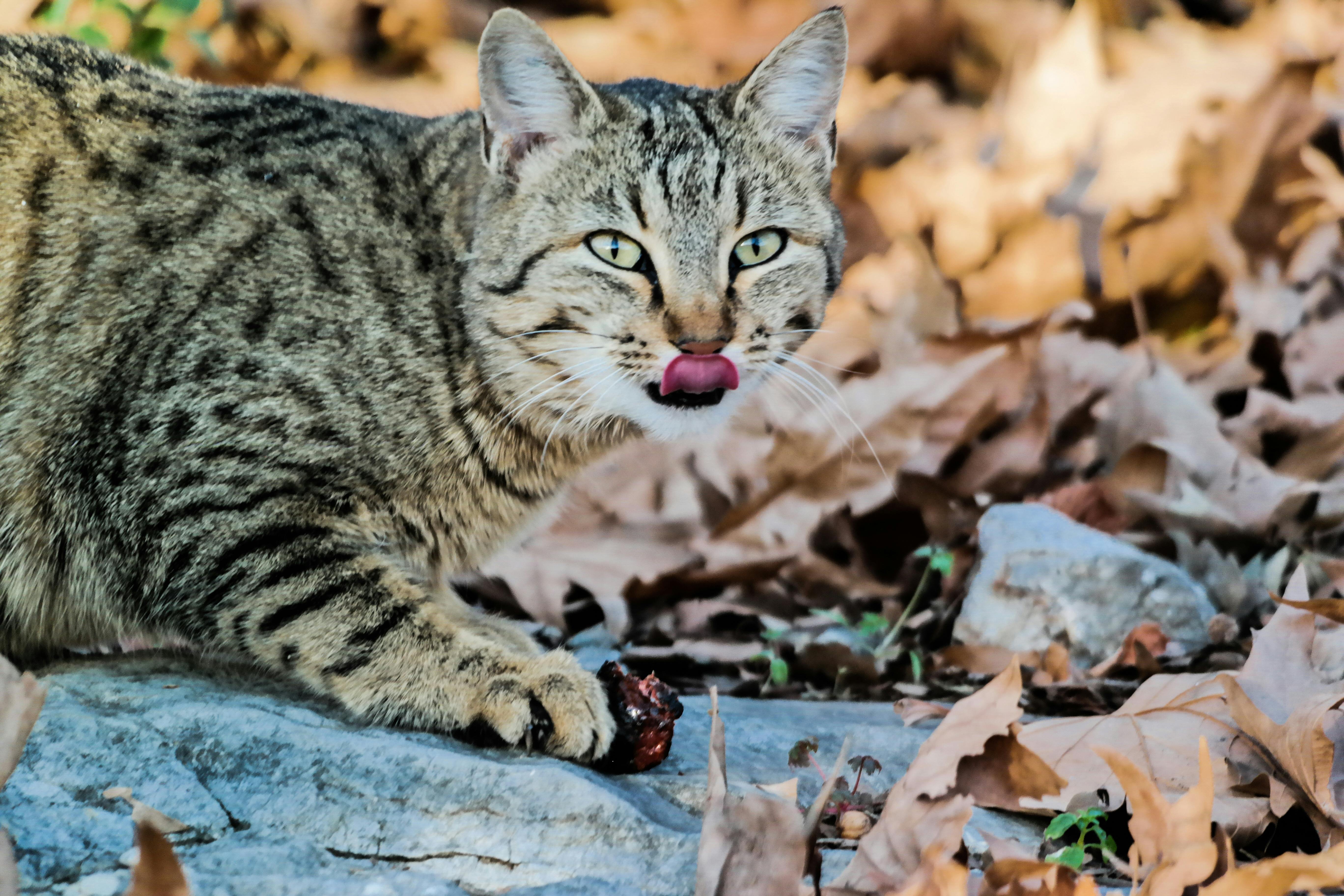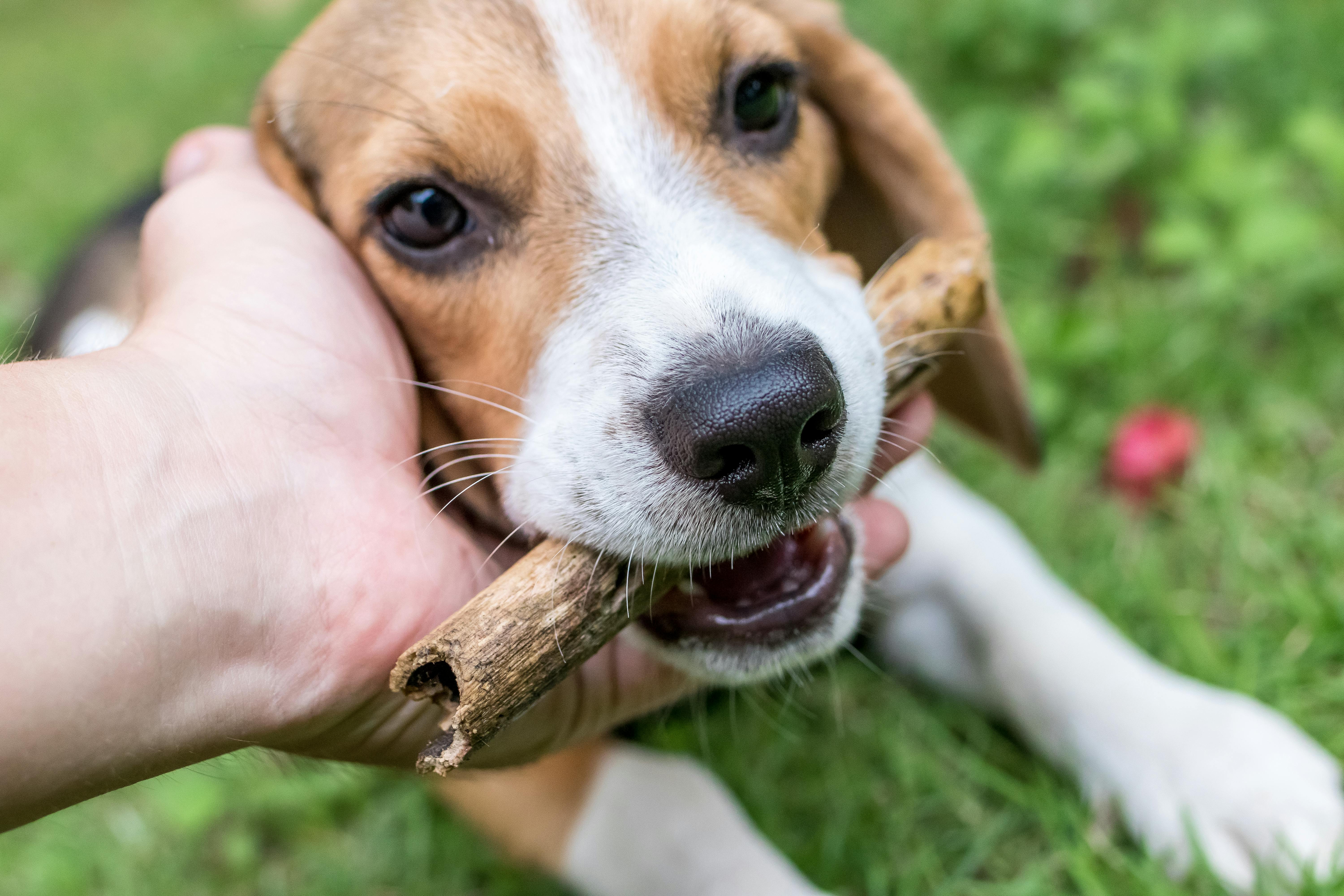Halloween is one of the oldest and most exciting holidays celebrated today, dating back over 2,000 years. It is celebrated every year on October 31. Many cultures believe that the dead, both friendly and evil, can roam the streets on Halloween night. Kids and adults dress up, attend theme parties, visit haunted houses, pull scary pranks, watch scary movies, and trick-or-treat in their neighborhoods.
Today, one of the biggest concerns is the safety of children on Halloween. Since nefarious characters can lurk in any neighborhood wishing to harm children, the following safety precautions should be followed.
• Flashing Lights: Only walk on well-lit sidewalks or paths. Children should wear or carry glow sticks so they are easily seen. Always hold a flashlight while trick-or-treating to help you see where you are walking.
• Walk: When crossing the street, use the crosswalk, obey traffic signs, and look both ways before crossing the street. Be constantly on the lookout for backing cars and never walk between moving cars.
• Trick or Treating: Adults should always trick or treat children 12 and under. They should stay in familiar areas that are well lit and trick-or-treat in groups. If your older children are going alone, plan and review the route that is acceptable to you. Agree on a specific time when they should return home. Enter homes only if you are with a trusted adult. Only visit well-lit houses and never accept rides from strangers.
• Driving – Always drive slowly on any street with children trick-or-treating. Enter and exit driveways and alleys slowly and carefully.
• Costumes: Always try makeup on a small area first. Remove before bedtime to avoid potential skin and eye irritation. Reduce the risk of serious eye injury by not wearing decorative contact lenses. Swords, knives, and other costume accessories must be short, soft, and flexible. Never walk near lit candles or light fixtures. Be sure to wear flame resistant costumes that are safe and do not present a tripping hazard. Decorate costumes and bags with reflective tape or stickers. Wear well-fitting masks, costumes, and shoes to avoid blocking your vision.
• Candy – Examine all candy for choking and tampering hazards before eating. Limit the amount of sweets you eat and avoid eating homemade treats made by strangers.
• Candles: Keep pumpkins and candle-lit light fixtures away from doorways, walkways, landings, and curtains. Place them on sturdy tables, keep them out of the reach of pets and small children, and never leave them unattended.
• Trip Hazards: To keep homes safe for visiting children, parents should remove anything a child might trip over, such as garden hoses, toys, and yard ornaments. Parents should check exterior lights and restrain pets from inadvertently jumping or biting while trick-or-treating.
• Emergency: Review with children how to call 9-1-1 (or your local emergency number) if they ever have an emergency or get lost.
Since pedestrian accidents are the most common Halloween injury to children, remind trick-or-treaters to stay in a group and communicate where they are going. In an emergency, always carry a cell phone for quick communication. Motorists may have trouble seeing children, so never cross between parked cars. Law enforcement authorities must be notified immediately of any suspicious or illegal activity.



